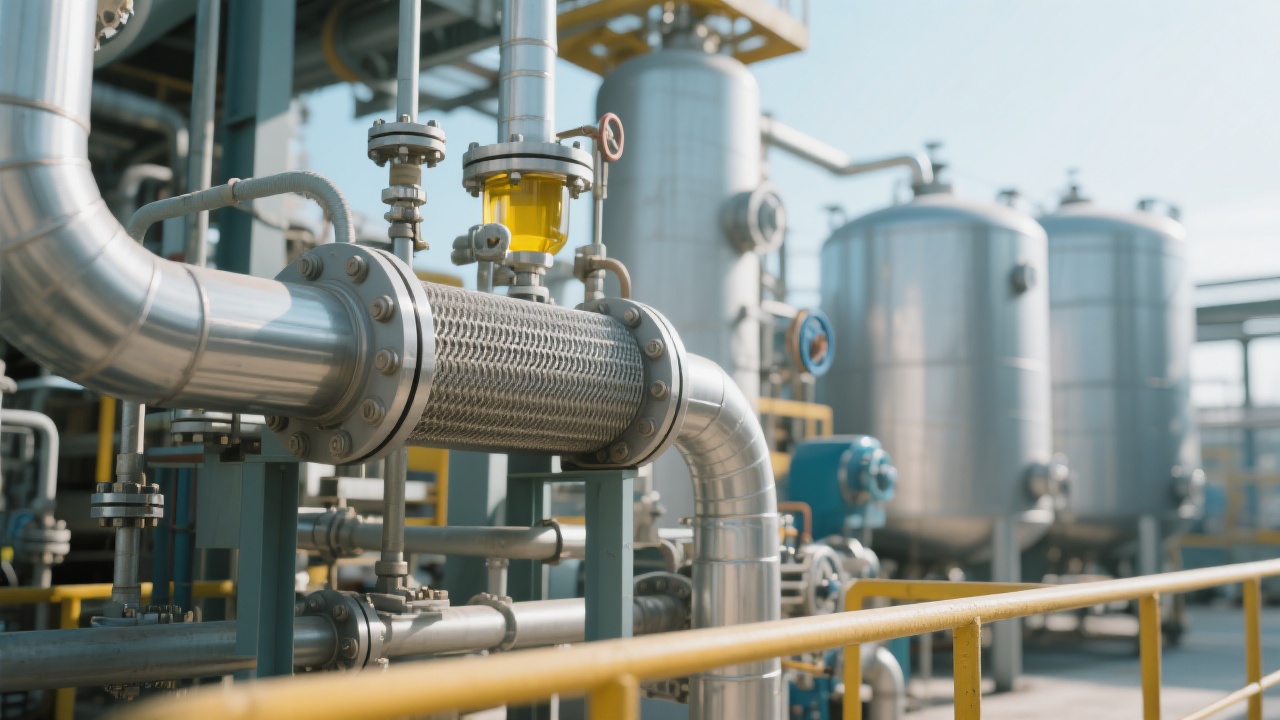
Soybean oil manufacturing plants routinely face operational hurdles that restrict productivity and compromise oil quality. Inefficiencies such as incomplete pressing, unstable refining processes, and low solvent recovery rates dent output capacity and final product consistency. This article explores the critical stages in the soybean oil production chain — from raw soybean preparation through to final packaging — identifying typical bottlenecks and actionable technical solutions aimed at optimizing plant performance and enhancing oil quality.
The initial step, soybean cleaning and dehulling, has a profound impact on oil extraction efficiency. Inefficient shell removal leads to a roughly 3-5% reduction in oil yield due to shell material diluting the pressed cake. Data from industry benchmarks suggest that improving dehulling accuracy through advanced screening technologies results in an average oil yield gain of 4%. In addition, uniform moisture content regulation before pressing ensures consistent oil release and reduces press cake variability.
Mechanical pressing inefficiencies remain a primary bottleneck. Overly thick flake pressing can trap oil, causing extraction losses up to 7%. Implementing precise control over flake thickness and pre-conditioning temperature enhances pressing performance. Coupling this with solvent extraction recovery strategies — optimized by automated solvent flow control and improved desolventizing equipment — can raise solvent recovery rates by 10%, reducing environmental impact and raw material waste simultaneously.

Refining stages such as degumming, bleaching, and deodorization are critical quality control points, yet prone to variability. For instance, temperature mismanagement during bleaching can result in abnormal oil coloration, negatively affecting consumer perception and market value. Introducing automated temperature regulation systems with real-time feedback loops significantly stabilizes processing parameters. Case studies indicate bleaching temperature stabilization reduces color defects by over 15%, directly translating into improved product grades.
High energy consumption is typical of traditional refining methods, with reports showing energy usage exceeding 30% of operational costs. Adoption of energy recovery units and heat exchangers can lower energy consumption by up to 20%, enhancing plant sustainability and cost-effectiveness. Further, valorizing byproducts such as soybean meal and oil sludge through optimized extraction and drying enhances overall profitability and reduces waste footprint.
| Bottleneck | Cause | Impact | Solution |
|---|---|---|---|
| Incomplete Dehulling | Inefficient shell removal equipment | Oil yield loss of 3-5% | Advanced screening & shell separation tech |
| Low Pressing Efficiency | Improper flake thickness or temperature | Oil extraction loss up to 7% | Precision flake control & pre-conditioning |
| Bleaching Color Deviation | Temperature fluctuations | Product grade degradation by 15% | Automated temperature control systems |
| High Energy Consumption | Outdated equipment & lack of heat recovery | >30% operational costs | Energy recovery & heat exchanger integration |
Beyond operational efficiency, modern soybean oil production must address environmental regulations and sustainability goals. Implementation of closed-loop solvent systems markedly reduces volatile organic compound emissions, aligning with global compliance standards. Data-driven monitoring coupled with Industry 4.0 principles not only improves traceability but also supports continuous improvement initiatives, crucial for sustainable manufacturing and market competitiveness.

Mastering these process details can help your plant avoid costly inefficiencies and ensure a stable, high-quality soybean oil output. Are there specific bottlenecks your facility struggles with? Share your challenges and let’s explore tailored solutions together.

Unlock Your Plant's Full Potential with Proven Efficiency Solutions

